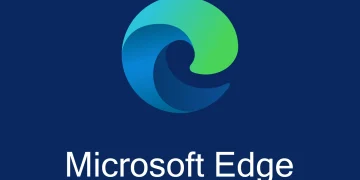Microsoft has been quietly working behind the scenes to give its Edge browser a serious performance makeover, and the results are starting to show.
The company just announced that its browser can now render the first visual elements of a website in under 300 milliseconds, hitting a benchmark that could make the difference between users sticking around or jumping ship to Chrome.
This speed metric, called First Contentful Paint, measures how quickly you see something meaningful appear on your screen when loading a webpage or browser interface.
It’s not about how long the entire page takes to load, but rather that crucial first moment when your browser stops looking blank and starts showing you actual content.
Research shows that when users wait longer than 300 to 400 milliseconds for initial content to appear, their satisfaction takes a noticeable hit. When it comes to web browsing, where attention spans are measured in seconds, those extra milliseconds can feel like forever.
Microsoft’s achievement stems from an ongoing project to rebuild Edge’s user interface using something called WebUI 2.0. This new architecture strips away unnecessary code and reduces the amount of JavaScript that runs when the browser starts up.
Since February, Microsoft has managed to cut loading times by an average of 40 percent across 13 different browser features.
Settings pages now snap open faster, the AI-powered Read Aloud feature starts up quicker and plays more smoothly, and the Split Screen function switches between windows with what Microsoft describes as near-instant navigation.
Edge currently holds less than five percent of the global browser market, while Google’s Chrome dominates with 68 percent. Every performance gain matters when you’re trying to convince users to switch from their familiar browsing habits.
Read: Microsoft Edge Faces Tough Competition as Chrome Boosts Its Lead
The competition is about to get even fiercer, with companies like OpenAI reportedly considering their own browsers to complement their AI search tools.
Microsoft plans to roll out similar performance improvements to other parts of Edge in the coming months, including Print Preview and Extensions.
The WebUI 2.0 migration is an ongoing process, meaning more parts of the browser will get these speed boosts as the project continues.
After years of users complaining about Edge’s aggressive promotion tactics and bloated interface, Microsoft seems to be taking a more measured approach by removing unnecessary elements and focusing on core performance.





























